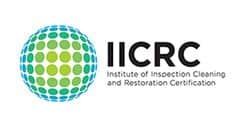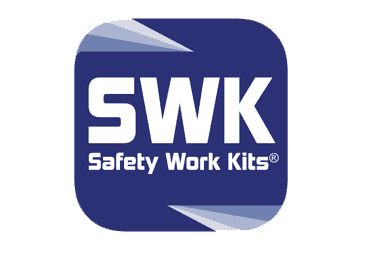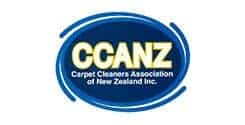
One of the basic dangers of a fire, whether big or small, is Soot. Soot is basically the leftover smoke particles that are extremely toxic in nature. These are usually formulated after plastic, wood, and synthetic fabrics are caught in fire and leave soot behind. The chemical composition of soot contains metals, wood, and other alarming toxins that are absorbed and introduced into your body via inhalation or indigestion. Because of its acidic properties, it is highly dangerous for any living being.
In any given circumstance, if there is a fire, once you have dealt with the damage and property formalities, the next step is to ensure a proper detailed sanitization and cleanup of the entire area.
Soot from a house fire several blocks away can cause soot to even build up in your house because it is airborne.
Not only are there devastating fires, but soot is also often accumulated and mixed with the air that we breathe through the fireplaces or candles we light. Although it is in small amounts that at times go unnoticed, when it starts to consistently build up, it takes the form of a serious threat that has multiple adverse health effects.
Soot can easily attach itself to any surface, making it difficult for you to clean and sanitize. It needs to be removed quickly so that it doesn’t cause any further harm to the health of anyone who is exposed.
Soot can cause serious health hazards that are potentially harmful to the human body. It can affect patients with breathing concerns and can even kickstart health concerns in a perfectly able person. Soot is a buildup of toxic acidic particles that can enter the human body via the eyes or nose.
Some dangers include:
Apart from these, soot can cause mild irritation and sneezing or coughing concerns in infants and pets. Therefore, soot removal is advised at the earliest, followed by a complete air quality check and consistent cleaning of upholstery and other potential surfaces.

Harry Virk is the director of CleaningPro Auckland. He has years of experience in the cleaning industry and his company is expert at providing exceptional cleaning services in Auckland. He has a passion for helping people and making sure that their homes are clean, tidy, and ready for visitors.




